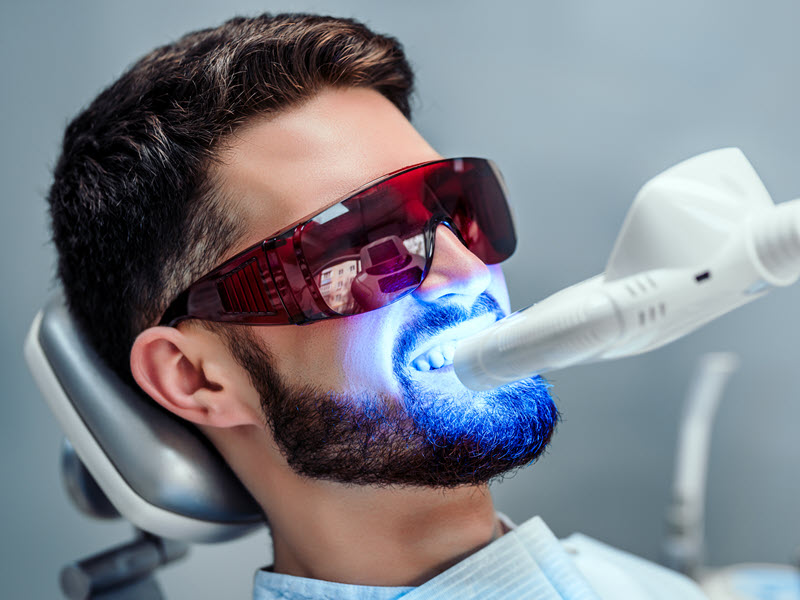Periodontitis / Gingivitis Prevention and Treatment
Gum disease (officially called “periodontal disease”) is when the gums become swollen, red, and irritated. Gum disease can be caused by a number of different things, such as poor oral hygiene, smoking, and genetics.
Gum disease can lead to a number of different problems, including tooth loss and even heart disease. The same bacteria that cause gum disease are linked to many systemic diseases including cancer, joint/musculoskeletal health, dementia and brain health, metabolic health, and pregnancy risks.
Gum Disease Symptoms
Bad Breath
Bleeding and Swollen Gums
Gums Receding
What is Gingivitis?
What is Periodontitis?
How is Gum Disease Treated?
Scaling and Root Planing
Periodontal Laser Therapy
Oral DNA - Testing with MyPerioPath
Once the disease is identified a salivary test will be used in order to detect oral pathogens that cause gum disease and threaten oral and systemic health. MyPerioPath is an extremely effective test used in diagnosing and treating periodontal disease. Through testing your saliva, MyPerioPath detects oral infections early, allowing periodontal therapy to be tailored to meet your specific requirements as a patient.
The test also lets us know whether you may be at a higher risk for diabetes, stroke and even if you’re at an increased risk for cardiovascular disease. After your first MyPerioPath test, you can take tests in the future at a discounted rate. These follow on tests allow us to effectively track your progress and help us to further refine your periodontal treatment plan.
Antibiotics
Gum Surgery
Pocket Reduction Surgery – pocket reduction surgery is a procedure to reduce the depth of the pockets around your teeth. This is done by first folding back the gum tissue and eliminating the bacteria causing the gum disease. The gum tissue is then put back into place.
Gum Graft Surgery – As gums recede, the roots of your teeth become exposed. The roots are oftentimes sensitive and this can be quite painful. It can also lead to infection of the tooth. The gum graft surgery procedure is done to protect the roots of your teeth. A graft of healthy gum tissue is taken from another part of your mouth (oftentimes the roof of your mouth) and placed over the receding gums.
Dental Implants
Preventing Gum Disease
Our Articles About Gum Disease
As a service to our patients, we’ve created multiple articles about commonly asked periodontal disease questions below. If you’d like to learn more about periodontal disease treatment options, contact our office.


What Is Laser Periodontal Therapy? Understanding the Advanced Treatment
Modern Way to Treat Periodontal Problems

Is Periodontal Disease Hereditary: Unraveling the Genetic Connection
Does Gum Disease Run in the Family?

Is Periodontal Disease Contagious? The Truth Revealed
Can Periodontal Disease be Transmitted?

How Long Can You Keep Your Teeth With Periodontal Disease: A Concise Overview
Early Detection is Vital

Can Periodontal Disease Be Cured: Expert Insights and Solutions
Reversing the Effects of Periodontal Disease















